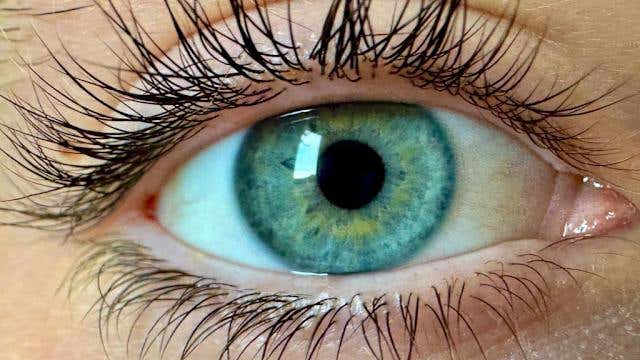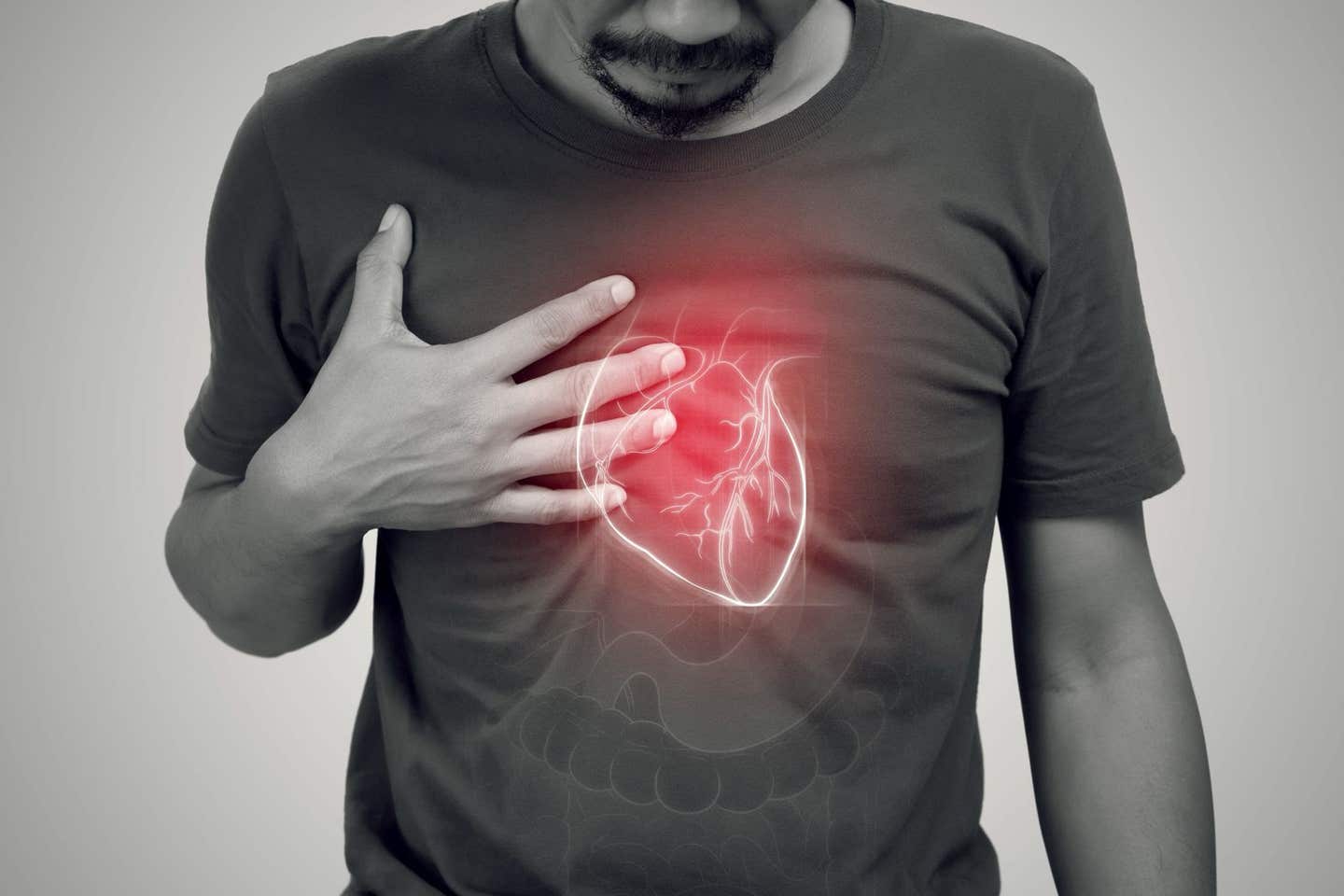3D body scanner breakthrough uses AI to predict metabolic risk
AI-powered 3D body-volume scanners, initially made for the fashion industry, are transforming how doctors assess metabolic syndrome, improving detection and accuracy.
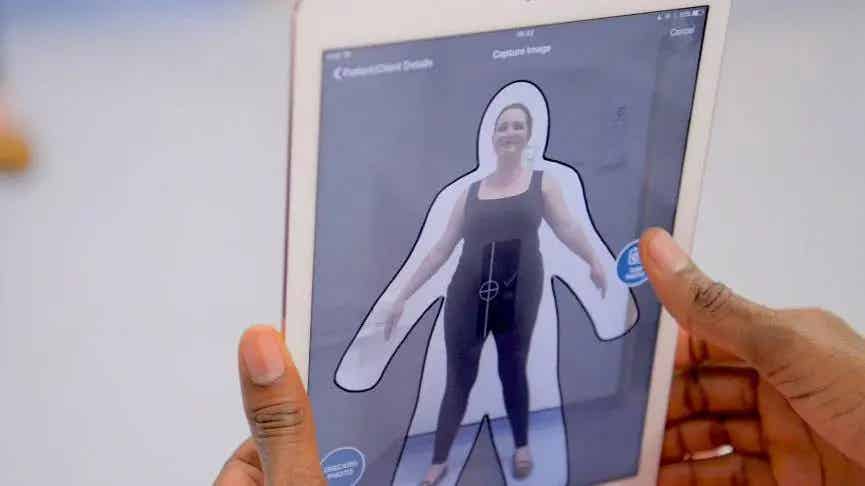
The combination of tools offers doctors a more precise alternative to other measures of disease risk like body mass index (BMI) and waist-to-hip ratio. (CREDIT: Mayo Clinic)
Researchers at Mayo Clinic are harnessing the power of artificial intelligence (AI) and an advanced 3D body-volume scanner to revolutionize how doctors assess the risk and severity of metabolic syndrome. Originally designed for the clothing industry, this 3D scanning technology has now found a significant application in healthcare.
According to findings published in the European Heart Journal - Digital Health, the combination of AI with 3D scanning offers a more accurate alternative to traditional measures of disease risk, such as body mass index (BMI) and waist-to-hip ratio.
Metabolic syndrome is a serious condition that increases the likelihood of heart attacks, strokes, and other severe health issues. Affecting over a third of the U.S. population and about a quarter of people worldwide, metabolic syndrome has been difficult to screen for consistently.
Now, researchers believe that combining 3D body-volume scanning with imaging technology and specialized algorithms developed by Mayo Clinic could offer a more precise method to identify those who have the syndrome and those at risk of developing it.
The consequences of metabolic syndrome extend beyond cardiovascular issues. It significantly raises the chances of developing diabetes, cognitive impairments, and liver disease.
Clinically, metabolic syndrome is diagnosed when at least three of five conditions are present: abdominal obesity, high blood pressure, high triglycerides, low HDL cholesterol, and high fasting blood sugar levels. These health issues can create long-term challenges for patients, making early detection and intervention crucial.
Related Stories:
"There is a need for a reliable, repeatable measure of metabolic syndrome risk and severity," explains Dr. Betsy Medina Inojosa, a research fellow at Mayo Clinic and lead author of the study. She points out that current methods, like BMI and bioimpedance scales that measure body fat and muscle, often fail to provide accurate assessments for many people.
In addition, other types of scans aren’t widely available or consistent. "Our research shows that this AI model may also be a tool to guide clinicians and patients to take action and seek outcomes that are a better fit for their metabolic health," she adds.
To create the AI tool, Mayo Clinic researchers trained the model using data from 1,280 volunteers. These participants underwent 3D body-volume scans, answered standardized clinical questionnaires, took blood tests, and had their body shape measured.
In addition, another 133 volunteers were evaluated using a mobile app called myBVI, developed by Select Research. This app took front- and side-view images to further test how well the tool could evaluate the presence and severity of metabolic syndrome.
The hallmark of metabolic syndrome is often an "apple-shaped" body, where excess weight is concentrated in the abdominal area. While diagnosis typically involves lab tests, blood pressure readings, and body shape assessments, a widely accepted and reproducible screening strategy has been elusive due to the variability in available measurements. The new approach using 3D body-volume scans seeks to address that gap.
Dr. Francisco Lopez-Jimenez, director of Preventive Cardiology at Mayo Clinic and senior author of the study, highlights the accuracy of this digital measurement. "This small study finds that digitally measuring a patient's body volume index with 3D imaging provides a highly accurate measurement of shapes and volumes in critical regions where unhealthy visceral fat is deposited, such as the abdomen and chest," he says.
He further notes that the scans also record measurements of the hips, buttocks, and legs, which are linked to muscle mass and so-called 'healthy' fat. "The 3D information about body volume in these key regions, whether from the large, stationary 3D scanner or from the mobile app, accurately flagged the presence and severity of metabolic syndrome using imaging instead of invasive tests," he explains.
Moving forward, the researchers aim to expand their study to include a broader and more diverse group of participants. This will help them refine the technology and ensure its effectiveness across various populations. By improving the accuracy and availability of screening methods for metabolic syndrome, the AI-based tool holds promise for early detection and better health outcomes.
Largest 3D Body Scanner Companies:
Size Stream
- Applications: Fashion, health and retail
- Usage: Size Stream is known for its high-accuracy 3D body scanning systems used in fashion, fitness, and health industries. Their scanners provide precise body measurements for clothing, body composition, and health tracking.
Artec 3D
- Applications: Fashion, engineering
- Usage: Artec 3D is a leader in professional 3D scanning technology, offering versatile scanners used in healthcare, fashion, and engineering. Their handheld scanners can capture highly accurate body data for medical and anthropometric analysis.
Styku
- Applications: Fitness, health
- Usage: Styku specializes in 3D body scanners for the fitness and health sectors. Their technology helps track body shape changes over time, providing useful insights for fitness trainers and health professionals.
Human Solutions
- Applications: Fashion, automotive, ergonomics
- Usage: Human Solutions offers 3D body scanning solutions for industries such as fashion, automotive, and ergonomics. Their systems are known for high precision and are used for custom clothing production and ergonomic assessments.
Fit3D
- Applications: Fashion, automotive, ergonomics
- Usage: Fit3D creates body scanning technology specifically for the fitness, wellness, and health industries. Their scanners provide comprehensive body composition analysis and help users track fitness goals over time.
3D body scanning mobile apps and solutions:
MeThreeSixty app
- Applications: Health, Fitness, Weight Loss
- Usage: MeThreeSixty app tracks body measurements and fitness goals through inches rather than pounds. The app empowers users to visualize their weight loss journey with 3D body scanning from their smartphone. Whether slimming down or bulking up, track the measurements that are important to you.
Spiral Health
- Applications: Health, Wellness, Pain Management
- Usage: Spiral Health uses AI-powered 3D body and motion sensing (via mobile app) to predict risks for many of the most common postural and metabolic health concerns. App provides personalized corrective exercise programs, including AI-powered digital coaching and motivational support.
3DLook (YourFit)
- Applications: Fashion and retail
- Usage: 3DLook’s app allows users to scan their bodies using smartphone photos, generating accurate measurements for clothing recommendations. It’s popular in the fashion industry for personalized size matching and improving online shopping experiences. It reduces return rates for clothing retailers by helping customers find the right fit.
MySizeID
- Applications: Online shopping and fashion
- Usage: MySizeID is widely used for determining clothing sizes while shopping online. By leveraging smartphone sensors, it calculates body measurements to provide size recommendations. This app is popular among fashion retailers to help consumers pick the right size and reduce returns due to size mismatches.
NetVirta (Verifyt)
- Applications: Healthcare, orthotics, apparel fitting
- Usage: Verifyt allows users to scan their bodies for custom clothing, footwear, and medical applications such as orthotics and prosthetics. The app is particularly useful for creating precise 3D body models in the healthcare field for better-fitting medical devices and garments.
Sizer
- Applications: Fashion, fitness, and health tracking
- Usage: Sizer is a popular app in the fashion industry, helping users find their correct clothing size through body scans using a smartphone camera. It’s also used in fitness and health sectors for tracking body measurements and changes over time, making it suitable for personal fitness goals.
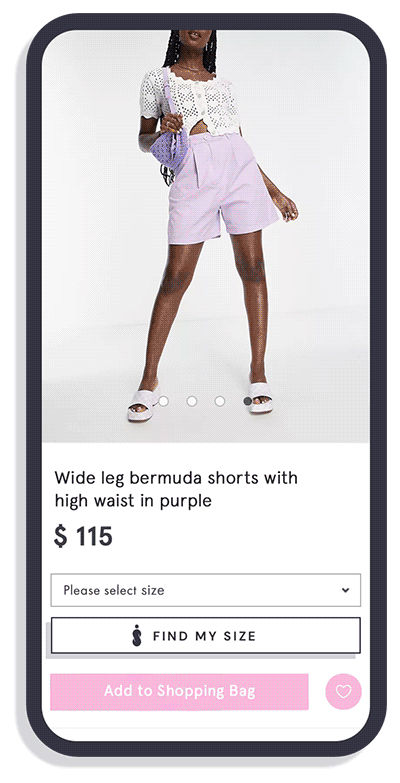
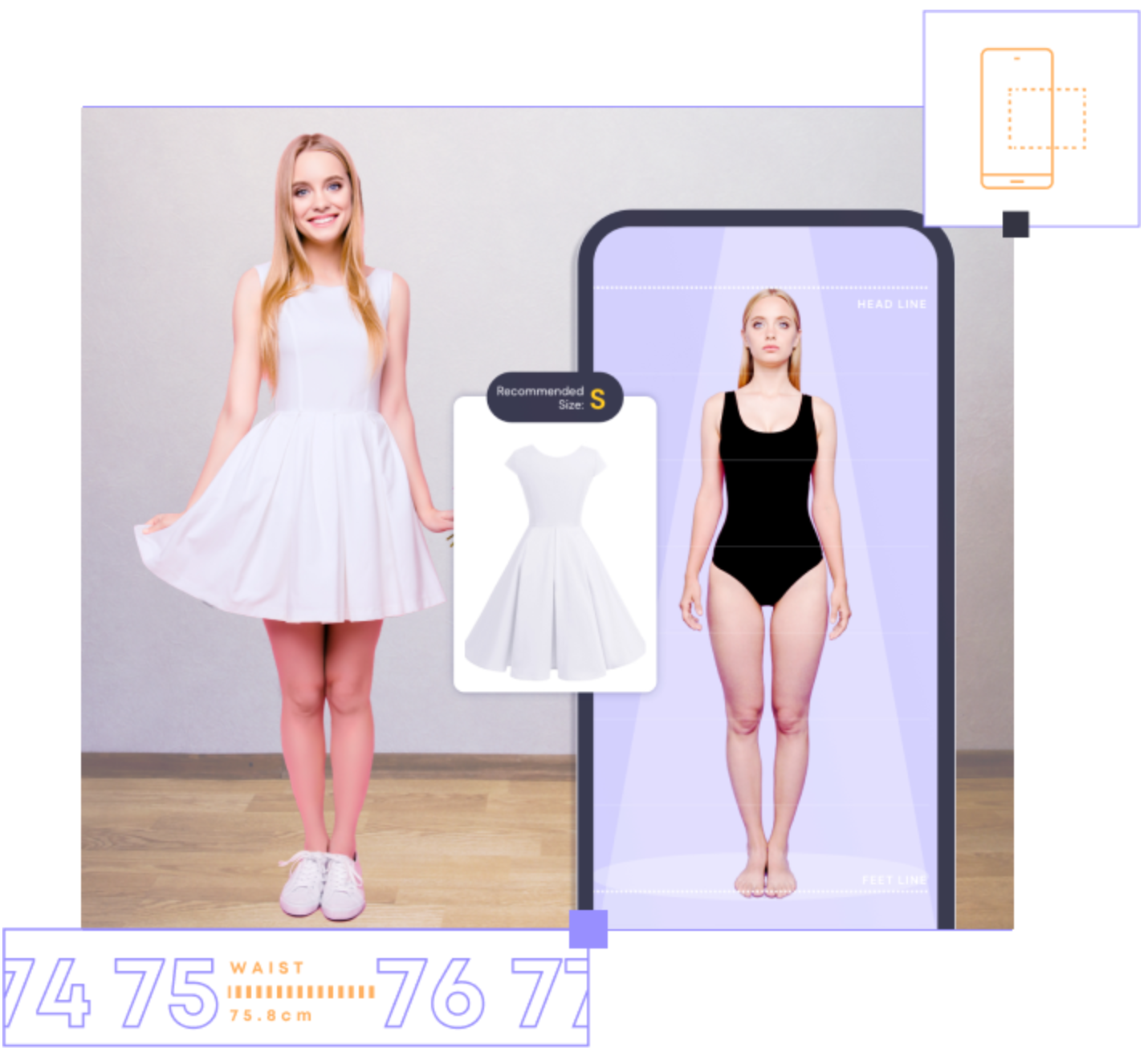
These apps are predominantly used in fashion retail, healthcare, and fitness industries to offer personalized experiences, whether it’s for clothing, body composition tracking, or custom healthcare solutions.
Note: Materials provided above by The Brighter Side of News. Content may be edited for style and length.
Like these kind of feel good stories? Get The Brighter Side of News' newsletter.
Joshua Shavit
Science & Technology Writer | AI and Robotics Reporter
Joshua Shavit is a Los Angeles-based science and technology writer with a passion for exploring the breakthroughs shaping the future. As a contributor to The Brighter Side of News, he focuses on positive and transformative advancements in AI, technology, physics, engineering, robotics and space science. Joshua is currently working towards a Bachelor of Science in Business Administration at the University of California, Berkeley. He combines his academic background with a talent for storytelling, making complex scientific discoveries engaging and accessible. His work highlights the innovators behind the ideas, bringing readers closer to the people driving progress.

